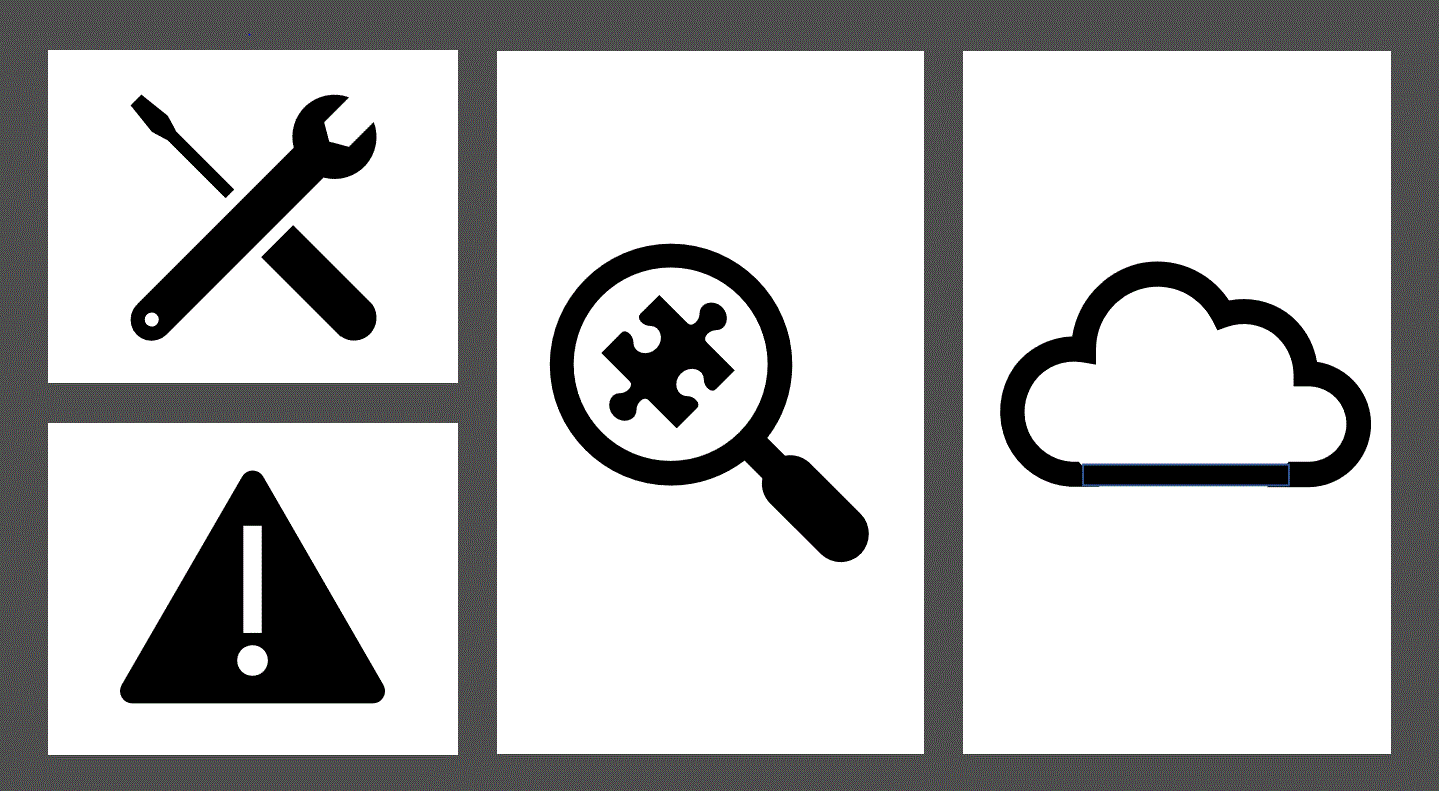

Recently, I attended the first analyst summit for Uptake, a four-year old Chicago-based company that provides asset-centric data management, industrial predictive analytics (including machine learning), and cybersecurity solutions. Currently, the company is active in the railway, wind, oil and gas, and aviation sectors, which happen to be among the leading markets for IIoT use cases. For a more detailed breakdown of the event, check out this blog from my colleague, Pranav Misal, who also attended the event.
At the time of the summit, Uptake was working on finalizing the acquisition of Asset Performance Technologies (APT). The announcement was made public the next business day. Information about the acquisition is available on the Uptake site as well as through coverage from CNBC. The acquisition pairs Uptake’s industrial predictive analytics with APT’s asset-failure data.
Based out of Albuquerque, APT brings to the marriage its Asset Strategy Library (ASL), the world's largest library of failure modes and preventive maintenance recommendations for equipment in heavy industries. The company also provides Preventance APM, cloud-based software that combines ASL with user economic data to determine the financial impact of maintenance scenarios.
APT is not a large company, employing just six. Normally, an acquisition like this would typically be a tactical gap filler, particularly in industrial markets. However, a common refrain I hear from end users looking to harness analytics is that while they have a lot of historical equipment and process information, they often lack failure data. This data is generally poorly captured and kept, if at all, and is rife with information gaps. Without it, industrial operators could use analytics to see patterns but then would still struggle to effectively implement predictive maintenance. And, if they were able implement these predictive strategies, they would be reliant on the tribal knowledge of operational experts.
 APT arrived on the scene in 2004. The company developed ASL based on the co-founders’ work for Electric Power Research Institute (EPRI) to rectify the lack of a reliable data source of error code and failure mode information. At the time, its solutions were means for electric power companies to set aside reactive and schedule-based maintenance practices by implementing more expert-backed preventive strategies.
APT arrived on the scene in 2004. The company developed ASL based on the co-founders’ work for Electric Power Research Institute (EPRI) to rectify the lack of a reliable data source of error code and failure mode information. At the time, its solutions were means for electric power companies to set aside reactive and schedule-based maintenance practices by implementing more expert-backed preventive strategies.
What began with 39 components within the nuclear power industry expanded to include almost 800 equipment types (pumps, motors, power supplies, valves, gearboxes, etc.). This was added to a library that also included thousands of degradation analyses, preventive maintenance templates, and reportable conditions data across 8 operating contexts common to asset-intensive industries.
As the solution developed, APT combined that asset data with software so that industrial users could model different maintenance strategies and financial scenarios around those assets and their risk for failure. The company was able to expand into chemicals, mining, metals, and other industries with common asset types.
The company found success with both end users and solution provider partners. The latter provide asset performance management (APM) services and software and leverage APT data. Current APT partners include Bentley, GE Digital (via Predix APM/Meridium), Rolls Royce, Silcar, and Oracle. Some of these are likely competitors to Uptake now and in the future.
Philosophically, Uptake and APT are aligned in leveraging common assets across industries. Uptake, for example, has cataloged those commonalities to create a pattern/anomaly library it uses to accelerate deployment of its solution.
Uptake's acquisition of a deep set of industrial asset knowledge shows strategic intent to use APT as a wedge to separate itself from horizontal analytics providers. At the same time, it also gives the company more capability to compete against entrenched vertical players.
It will be quite interesting to see the vision the two companies have for integrating their capabilities. The combination could morph into a single platform for addressing a much broader maturity spectrum of maintenance strategies than each could alone—preventive, condition-based, predictive. That may help them deal with a range of maintenance sophistication they will inevitably encounter, as I'm sure APT can attest to.
An obvious first step is using APT failure data to more precisely tune Uptake's predictive analytics. Also, if they are able to combine Uptake's prediction analytics with APT's risk modeling, they might be able to provide a solution that supports a full-spectrum view of asset failure from prediction through risk and consequences. That should appeal across a range of operational processes, such as O&M budgets, capital/reliability planning, and finance. I’m also keen to see how far the combined Uptake/APT capabilities move along the prescriptive analytics spectrum by matching failure prediction with ideal maintenance strategies, though that's a tricky proposition for anyone.
As the company develops this vision, Uptake, along with many recent industrial analytics entrants using prediction and machine learning, will need to bulk up and secure their customer base. The market is available, but many of the traditional vertical players are starting to enter and crowd the industrial predictive analytics runway.

